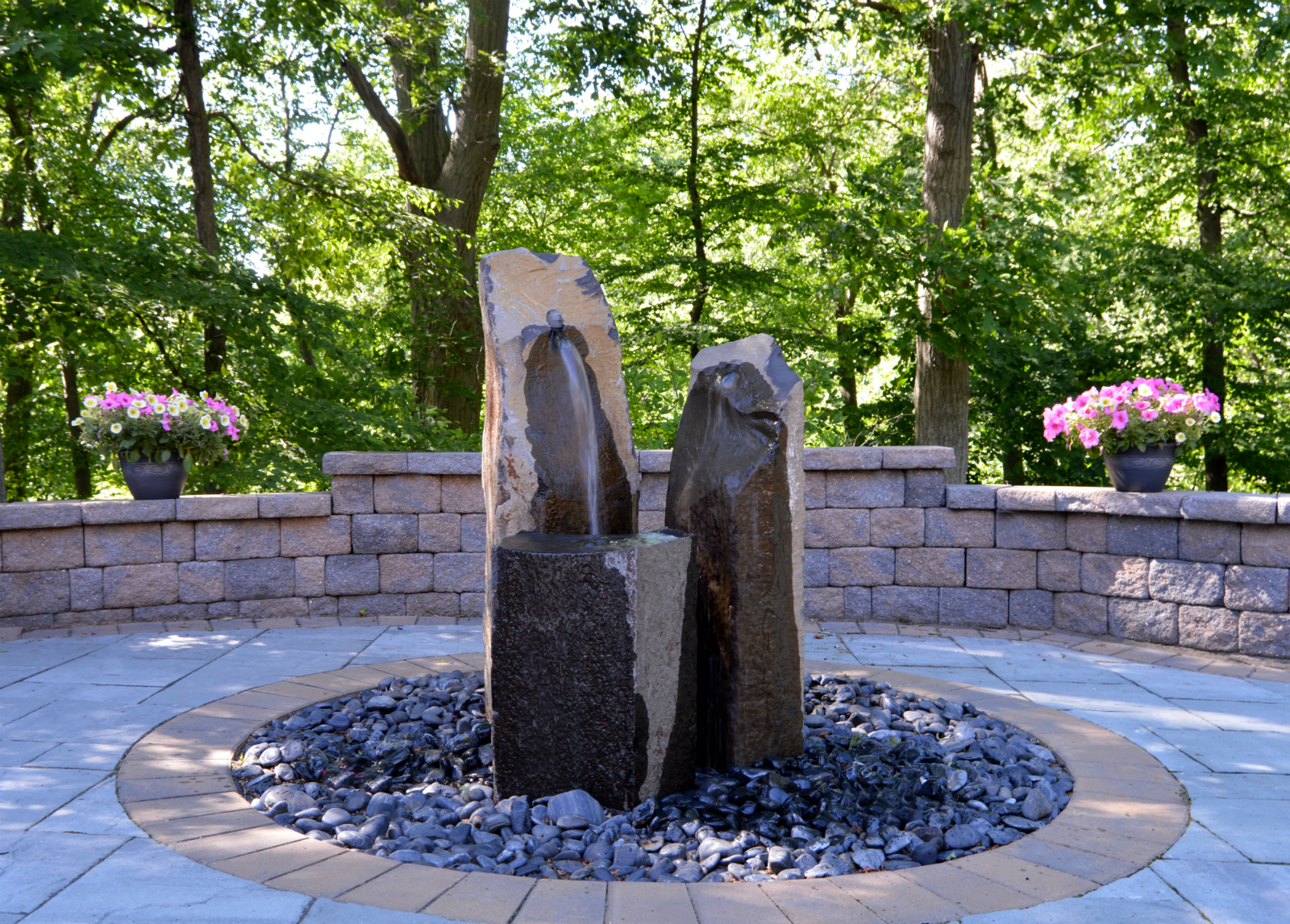Not known Factual Statements About Landscape Design
Wiki Article
Not known Facts About Landscape Design
Table of Contents5 Simple Techniques For Landscape DesignLandscape Design - QuestionsIndicators on Landscape Design You Need To KnowThe Main Principles Of Landscape Design
A backyard can generally be divided into 3 locations: public (the front backyard), private (the back backyard), and service (generally the side lawn). The place of task locations depends primarily on the type of area, the dimension of room needed, the kind of task, and the desired proximity to various other tasks and structures.
The outside wall of your house often functions as the first wall or starting point of an outside area. Inappropriate usages should be separated, and related activities, such as food preparation and eating, should be put together to make the yard much more effective and satisfying. When using hardscape to create spaces, use building material similar to that used in your house for continuity from your home into the yard.
Linked areas. Credit History: Gail Hansen, UF/IFAS Using comparable hardscape functions and duplicating plants pulls the eye around the yard.
This gives a sense of enigma that advertises exploration and exploration of the landscape. From a style point of view, plant materials have 3 major functions in the landscape: aesthetic, architectural and utilitarian. Aesthetically, plants develop a visually enjoyable setting and structurally plants organize and define spaces. Plants are practical because they can transform the environment for the convenience of the user by changing light, temperature and humidity.
Getting My Landscape Design To Work
For mental convenience plants are utilized as physical or implied obstacles for privacy and security. Physical barriers block both the sight and accessibility to an area and include fencings, wall surfaces and plant bushes.Physical and indicated obstacles. Credit History: Gail Hansen, UF/IFAS For these reasons, the kinds of plants to be made use of (such as trees, bushes, or groundcovers) ought to be chosen in the early stages of preparation. Plant kinds are chosen for their functional abilities to ensure that their future objective and needed space can be considered at the same time.
The overhanging airplane, the vertical airplane and the ground plane should all be taken into consideration to develop enclosure. Once the form of a plant bed has been developed, the plants need to be massed (organized) and layered to achieve visual unity and the desired amount of room. The size of a plant mass will rely on the complete size of the yard, the size of the specific plants in the mass, and the emphasis or influence preferred from the plant material.
Each plant mass remains in front of, behind, or beside, one more mass. Number 11. Horizontal plant layers. Credit Report: Gail Hansen, UF/IFAS Number 12. Upright plant layers. Credit Score: Gail Hansen, UF/IFAS Repeating plants within a mass and repeating masses with similar plants links the garden with each other. The specific plant attributes have to be taken into consideration to successfully layer and mass plants.
4 Simple Techniques For Landscape Design
All plant compositions begin with the primary framework plants, the large, mostly evergreen history plants-such as the trees and huge bushes. These plants different or enframe spaces, regulate the dimension of the room, and supply the starting factor for selecting the proper features of the second layer, midground plants, for massing and infill.
Vital factors in the yard should be highlighted by the usage of special plants, unique structures, or yard accessories. Marking limits or entryways to rooms can be performed with gates, arbors, and steps, or via making use of special and vivid plants. The form and/or style theme of the yard will certainly frequently help figure out the important points and exactly how they should be highlighted.
Various other essential locations in the lawn are prime focus, which is made use of to visually arrange a landscaped area. The kind of prime focus typically relies on the checking out viewpoint. Different viewpoints or point of views can reveal different structures in the landscape that might require a variety of focal points. Contrasting texture, form, size and color will catch and hold the eye.
Unknown Facts About Landscape Design
Number 13. Plant types. Credit History: Gail Hansen, UF/IFAS After form, texture is next the next dominant feature useful source of a plant; coarse, tool and great structures can be made use of for comparison and focus in the landscape. Kind and texture both trump color in the garden for many of the year. During specific periods, color will certainly be the most noticeable quality of the garden.

The pleasant scent of plants, the noise of wind in the trees, the sound and structure of water, and the shades and structures of sculptures, pots and yard furniture all add to the experience of the yard. One detail that is usually overlooked is the effect of light on the aesthetic appeals of the plants.
The whole yard modifications in feature and appearance over the program of the day, and the course of a year, as the light and temperature level adjustment from morning to evening and season to period. Plant choice have to think about a plant's growth rate, its mature dimension and kind, and the maintenance it will call for.
It is important to know read review the eventual mature dimension of plants so they can be positioned in the right location and spaced appropriately when they are set up. Offering plants room to expand is a difficulty since the usual fully grown size is normally based upon optimal expanding problems and the environmental problems of a website may create a plant to grow bigger or remain smaller sized.
Report this wiki page